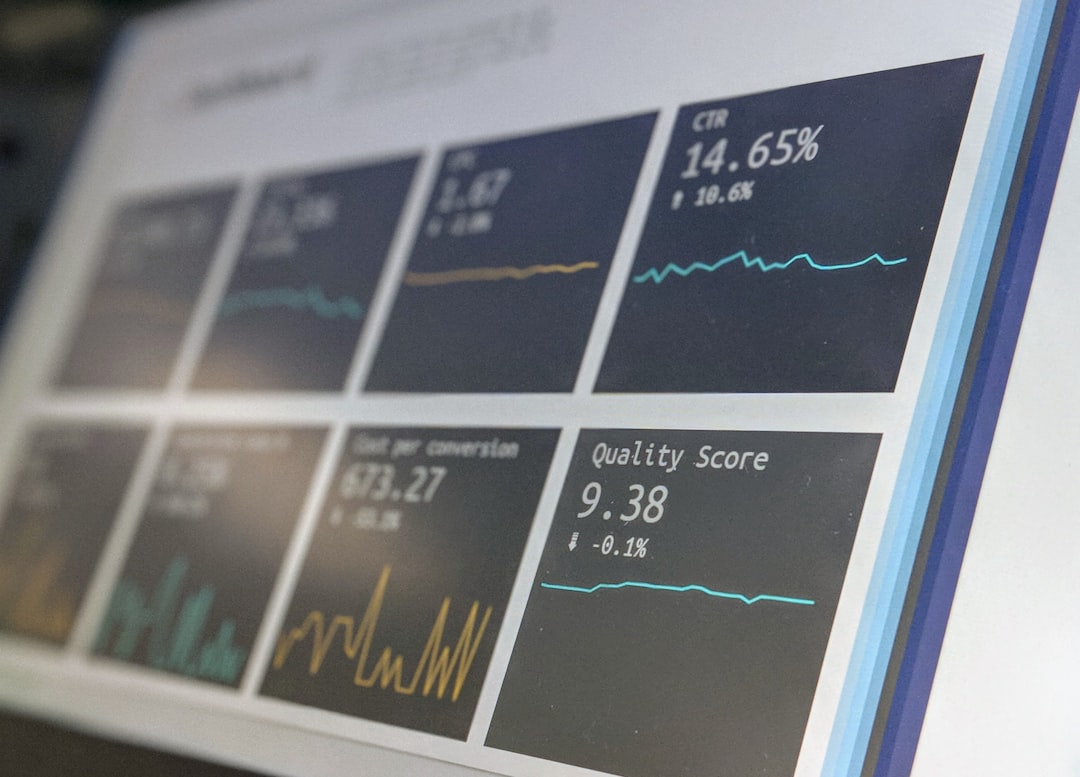
How to Manage Financial Risks in Economics: A Comprehensive Guide
# Introduction. Managing financial risks is an integral part of economics and business strategy that ensures sustainability and growth. Every economic entity, from multinational corporations to startups, must navigate varying levels of financial exposure. Identifying, assessing, and mitigating these risks can mean the difference between success and failure. This blog post will explore the intricacies of financial risks, effective management strategies, and the role of analysis and technology in enhancing risk management. ## Understanding Financial Risks. In the realm of economics, financial risks can be broadly categorized into several types: market risk, credit risk, operational risk, and liquidity risk. Market risk, for instance, involves the possibility of losing money due to adverse price movements in financial markets. Credit risk pertains to the chance that borrowers may default on their obligations. Operational risk arises from internal failures or external events, while liquidity risk relates to the potential difficulty in converting assets into cash without significant loss. Recognizing these categories helps organizations to pinpoint vulnerabilities. For example, a company heavily dependent on a single supplier might face significant operational risks. Similarly, firms operating in volatile markets must devise robust contingency plans to mitigate market risks. ## Implementing Risk Assessment Techniques. Once financial risks are identified, the next step is effective assessment. Employing tools such as SWOT analysis (Strengths, Weaknesses, Opportunities, Threats) can provide valuable insights. Additionally, quantitative methods like Value at Risk (VaR) help measure potential losses in measurable terms. By assessing potential scenarios, businesses can better understand how external factors, such as economic downturns or shifts in consumer preferences, can impact financial health. Scenario analysis is another powerful tool, allowing businesses to visualize how varying circumstances can affect their financial standings. This awareness enables preemptive measures to limit exposure to specific risks. ## Risk Mitigation Strategies. Risk mitigation involves the tactical approach of reducing vulnerabilities and their potential fallout. Diversification is a fundamental strategy; organizations that spread their investments across various assets or markets lower the likelihood of catastrophic losses. For instance, a company with investments in both emerging markets and stable economies is better equipped to withstand market fluctuations. Hedging, another method, involves using financial instruments to offset potential losses. For example, businesses can use derivatives such as options or futures to secure prices against market changes. Such strategies, while complex, can protect assets and revenue streams from unforeseen variances in market dynamics. ## The Role of Technology in Risk Management. In today's digital age, technology plays a pivotal role in managing financial risks. Advanced data analytics, machine learning, and artificial intelligence provide organizations with the tools to predict and analyze potential risks in real-time. For instance, algorithms can analyze market trends and consumer behavior patterns, offering businesses foresight into upcoming challenges. Moreover, fintech solutions enable companies to automate risk management processes. Automated reporting tools streamline compliance and risk monitoring efforts, ensuring stability and transparency. Blockchain technology also enhances transaction security, which reduces fraud risk, particularly in financial sectors. ## Building a Risk-Aware Culture. Creating a holistic approach to risk management requires fostering a culture of awareness within an organization. Leadership must communicate the importance of risk management to employees at all levels. Training sessions and workshops can equip team members with the knowledge they need to identify and address financial risks proactively. Encouraging open dialogues about risks fosters a collective sense of responsibility. Businesses that empower their employees to speak up about potential vulnerabilities often fare better than those who do not. Implementing regular audits and feedback loops can help maintain a dynamic risk management framework. ## Conclusion. In conclusion, managing financial risks in economics demands a comprehensive understanding of various risk types and effective strategies for assessment and mitigation. With the increasing complexities of the global economic landscape, organizations must not only recognize risks but also cultivate resilience through technological advances and a culture of proactive risk management. By doing so, they can protect their assets, enhance overall performance, and ensure long-term sustainability in their operations. Taking the initiative to educate oneself and the broader team about financial risks can lead to significant improvements in both individual and organizational performance in a challenging economic environment. .








